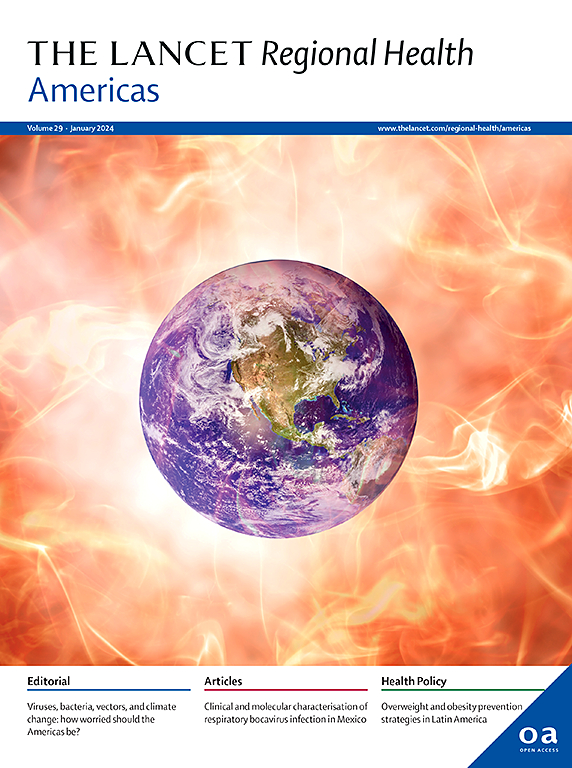Cost-effectiveness of screening, decolonisation and isolation strategies for carbapenem-resistant Enterobacterales and methicillin-resistant Staphylococcus aureus infections in hospitals: a sex-stratified mathematical modelling study
IF 7
Q1 HEALTH CARE SCIENCES & SERVICES
引用次数: 0
Abstract
Background
Methicillin-resistant Staphylococcus aureus (MRSA) and carbapenem-resistant Enterobacterales (CRE) impose the greatest burden among critical bacterial pathogens. Evidence for sex differences among antibiotic resistant bacterial infections is increasing but a focus on policy implications is needed. We assessed impact of CRE/MRSA on excess length of hospital stay, intensive care unit admission, and mortality by sex from a retrospective cohort study (n = 873) of patients in three Chilean hospitals, 2018–2021.
Methods
We used inverse-probability weighting combined with descriptive, logistic, and competing-risks analyses. We developed a sex-stratified deterministic compartmental model to analyse hospital transmission dynamics and the cost-effectiveness of nine interventions. We compared interventions based on the incremental cost-effectiveness ratio (ICER) per quality-adjusted life year (QALY) gained and estimated net benefits.
Findings
The adjusted odds of women acquiring CRE and MRSA were 0.44 (0.28–0.70; p = 0.0013) and 0.73 (95% CI = 0.48–1.01; p = 0.050), respectively. Competing-risk models indicated higher mortality rates among women, compared to men. Mathematical model projections showed that pre-emptive isolation across all newly admitted high-risk men was the most cost-effective intervention (ICER = $1366/QALY and $1083/QALY for CRE and MRSA, respectively). Chromogenic agar coupled with MRSA decolonisation was the second most cost-effective intervention ($2099/QALY), followed by screening plus isolation or pre-emptive isolation strategies (ICER ranged between $2411/QALY and $4216/QALY across CRE and MRSA models). Probabilistic sensitivity analysis showed that strategies were ICER < willingness-to-pay in 80% of simulations, except for testing plus digestive decolonisation for CRE. At a 20% national hospital coverage at least $12.2 million could be saved.
Interpretation
Our model suggests that targeted infection control strategies would effectively address rising CRE and MRSA infections. Maximising health-economic gains may be achieved by focusing on control measures for men as primary drivers for transmission, thereby reducing the disproportionate disease burden borne by women.
Funding
Agencia Nacional de Investigación y Desarrollo ANID, Chile.
求助全文
约1分钟内获得全文
求助全文
来源期刊

Lancet Regional Health-Americas
Multiple-
CiteScore
8.00
自引率
0.00%
发文量
0
期刊介绍:
The Lancet Regional Health – Americas, an open-access journal, contributes to The Lancet's global initiative by focusing on health-care quality and access in the Americas. It aims to advance clinical practice and health policy in the region, promoting better health outcomes. The journal publishes high-quality original research advocating change or shedding light on clinical practice and health policy. It welcomes submissions on various regional health topics, including infectious diseases, non-communicable diseases, child and adolescent health, maternal and reproductive health, emergency care, health policy, and health equity.
 求助内容:
求助内容: 应助结果提醒方式:
应助结果提醒方式:


